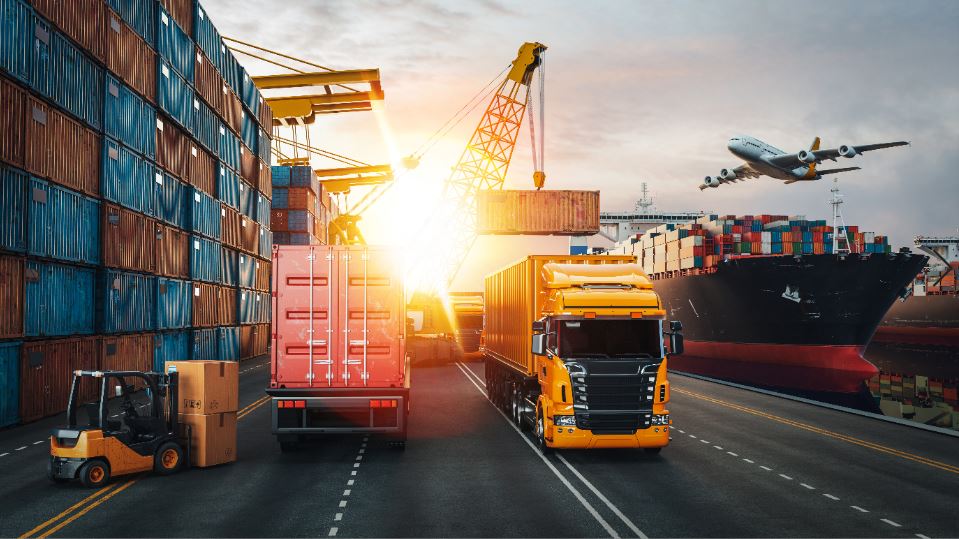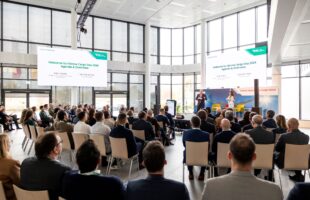

It is no secret that import clearance in customs is a cumbersome process in most countries and even so in developing markets like Southeast Asia. Whilst member states in the ASEAN have the basic transport infrastructure, regulatory bottlenecks and inadequate intermodal connections pull them back from fully utilising the region’s transport capacity, which results in higher transport costs and long, unpredictable waiting times for forwarders and shippers.
A study by ASEAN and EU experts, involving various players in the logistics supply chain in the region, found that inefficient customs procedures and inspections are the greatest barrier to logistics services, and out of these bottlenecks what they found unnecessarily burdensome were time-consuming documentation and inconsistency in classifying goods and requirements.
Significant barriers to the provision of logistic services were land transport regulations related to the limitation of fleet size, equipment usage and hours of operation, as well as foreign firms being prohibited from operating fleets with less number of vehicles per district. Customs procedures and inspections that rated very significant were the lack of border crossing coordination, inefficient inbound clearance processes, arbitrary independent rulings, volatility in border traffic, multiple uncoordinated offices and improper penalties.
In an effort to address these concerns, the regional body, together with the European Union, developed and launched the ASEAN customs transit system (ACTS) that would allow transport operators to make a single customs declaration across member states, without the need to make repeated declarations or change vehicles at each border.
Cambodia, Lao, Malaysia, Singapore, Thailand and Vietnam have formally started using the system after pilot studies, and back in October last year, the first successful transit under the new system saw a truck travelling from Singapore to Thailand via Malaysia.
Pro forwarding
The ASEAN Federation of Forwarders Associations (AFFA) sees the new system as a boon as it offers simplified customs and transport control procedures between different member states, as well as predictability on delivery times and most importantly reduced transport costs.
“It is not a secret that in some countries, import clearance is a time-consuming process. From the perspective of logistics service providers, AFFA has seen the necessity of a common platform for cross-border transport which links countries initiated and agreed upon by all ASEAN states member under a single-entry transit system,” said Iman Gandi, Executive Director of AFFA.
“A single-entry transit system will improve the clearance process at borders, and will definitely increase the productivity of forwarders with shorter transit time. Moreover, the system can also facilitate the visibility of available capacity of transport for shippers who may be looking into backhaul cargo options for return,” he added.
Facilitating trade
Glyn Evans, transit adviser for the ARISE Plus Programme (the EU body facilitating the rollout of ACTS within ASEAN) said the primary components for an international customs transit system include a single, harmonised customs declaration, a single guarantee valid throughout the movement of goods no matter how many countries are crossed, a set of simplified procedures to recognise and assist traders with good records and an automated system linking all contracting parties for paperless trade facilitation.
“An efficient, automated regional customs transit regime acts as a cornerstone and catalyst for economic integration… The potential benefits for AMS are highlighted by the experience of the EU in regional economic integration as set out in two research papers produced by Ernst & Whinney which looked at the potential impact of the creation of a European Internal Market in terms of the transport of goods by road,” Evans noted.
“From there, it was concluded that removal of regulatory barriers could increase overall regional trade by up to 3 percent, or 15 billion euros, in Europe, and similar savings could be expected in the ASEAN context,” he added.
Win-win
With intra-regional export volumes forecast to hit US$375 billion by 2025, according to PwC, AFFA thinks the successful implementation of platforms such as ACTS will benefit all stakeholders in supply chains within the region, and any initiative to reduce logistics cost would increase the competitiveness of conducting intra-ASEAN trade.
AFFA’s Gandi said logistics service providers will be able to better optimise assets for cross-border transport, whilst authorities will benefit through standardised infrastructure and facilities development in border areas and gaining visibility into the movement of goods through IT-based platforms such as the ACTS.
“This platform shall support the standardisation of clearance processes for cross-border transport and will definitely create a foundation to drive digitalisation efforts for the aspect of goods movement within ASEAN,” Gandi stated, noting that shippers and business owners will benefit from this visibility into capacity and cargo track and trace, which ultimately will lower logistics costs.
Other modes
A study on ASEAN logistics development by the Asian Logistics, Maritime and Aviation Conference (ALMAC) found that logistics time can be improved through the introduction of faster modes, particularly truck and rail. ASEAN said ACTs will soon be available in Myanmar, which is connected by road, but archipelagos like Indonesia, Philippines and Brunei would require other modes to transport goods.
Whilst AFFA’s Gandi suggests alternate multimodal transport like RoRo and sea-air should be in place to fully enjoy ACTS, DHL Global Forwarding sees the full implementation of the platform to enhance efficiency and reliability for road freight movements in the region.
Bruno Selmoni, head of road freight & multimodal ASEAN & South Asia, DHL Global Forwarding Asia Pacific, said exporters in Indonesia can leverage on its multimodal service to link its road network across Singapore, Malaysia, Thailand, Vietnam and China.
“In 2019, DHL Global Forwarding launched DHL ASIACONNECT+ with the addition of Indonesia to the network, consolidating shipments from various Indonesian cities, including Balikpapan, Bandung, Batam, Lampung and Semarang, in Jakarta by air, ocean or road before being air-freighted to Singapore,” Selmoni added. DHL’s road freight service can also link customers in Europe by trucking cargo to China and embarking on the China-Germany express rail.
“In a nutshell, ACTS is a clear win-win, not only to logistics providers but also to exporters, and this will be further enhanced in the region with the recently signed RCEP,” said Selmoni.









